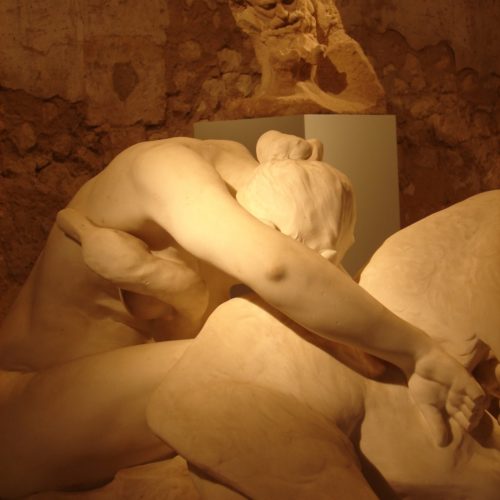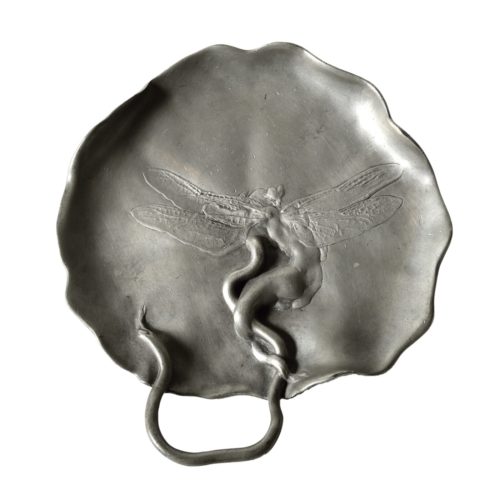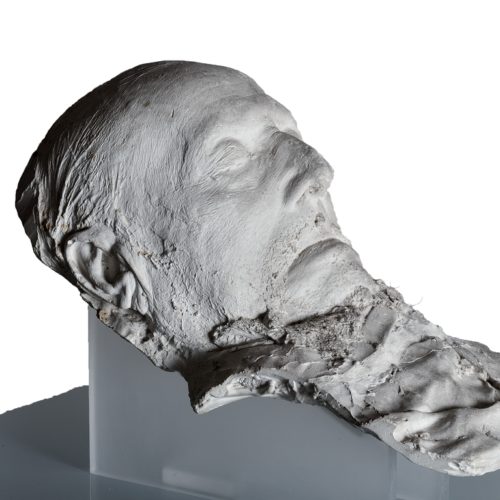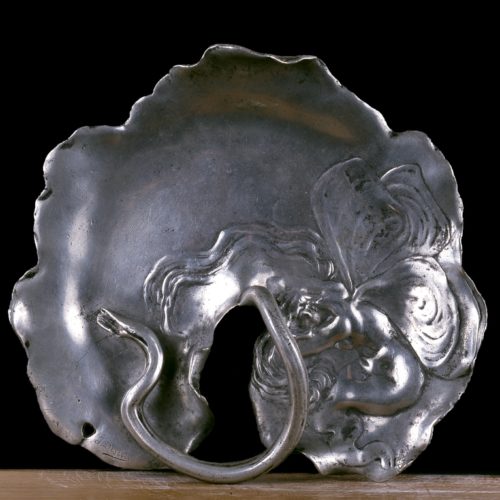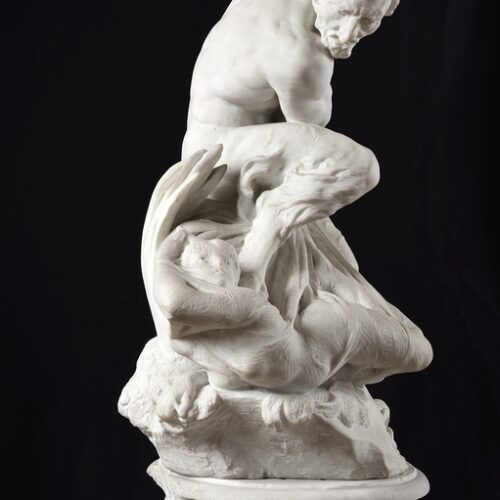A poet of the human form, contemporaries of Jules Desbois admired him for the command, subtlety and flowing lines of his works. A hundred or so of this remarkable artist’s works are on display at the museum: sculptures and decorative art objects celebrating the human form with strength, realism and sensuality.
Musée Jules-Desbois
1, place Jules-Desbois, Parçay-les-Pins
49390 Noyant-Villages
The museum is opened from June 14th to November 29th 2020
From Sunday to Thursday
> 10:30-12:30am / 2:30-6:00pm (June-July-August)
> 2:30-6:00pm (September-October-November)
Rates > 6€ / 3€ / Free admission: under 18 years old
Last entry ½ hour before museum closing
[Covid-19 – Thank you for coming with a mask. ]
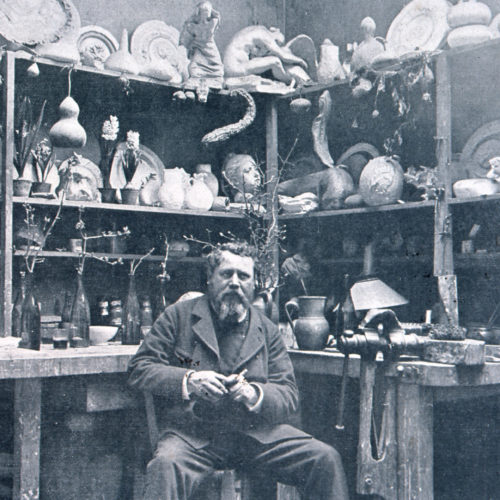
Born in 1851, Jules Desbois was the only child of the village innkeepers. His talent for design led him into apprenticeship in various studios followed by courses at the School of Fine Arts in Angers and then in Paris.
A man of his time, Jules Desbois committed himself fully to the research and artistic movements of his age and excelled as much in the decorative arts as in producing enormous works of sculpture. He centred his work around 3 recurring themes: movement, the feminine form and realism.
A well known and recognised artist of the 1890’s, he received numerous State commissions including several important pieces such as Léda et le Cygne(“Leda and the Swan”), Le Rocher de Sisyphe” (“The Rock of Sisyphus”), La Misère (“Destitution”)…
Jules Desbois is equally known for his friendship and collaboration with Auguste Rodin whom he met at the Trocadero construction site and subsequently joined his studio as a practitioner in 1884.
At the end of his life and after a very full career, Jules Desbois sadly suffered from physical constraints and was forced to abandon sculpture to work with pastels. He died in his studio at Auteuil in 1935.

Furnishings, textiles, tableware… Throughout Europe artists were offering to create and factory manufacture decorative objects. Jules Desbois participated extensively with this revival and with great success presented his first pieces in 1892. The sculptor mixed various influences and experimented with different concepts amongst them “Japonisme”, naturalism and mythology.

Like many of his contemporaries, Jules Desbois was fascinated by the human body and it’s movement through space. One of his models, Alda Moreno, a dancer at the “Opéra comique de Paris” enabled him to deepen his work around the movement of dance. Arabesques, pliés and pirouettes, so many pretexts to further his research.

Nicknamed by his contemporaries “the poet of the flesh”, the sculptor set out to show, far from the classical ideal, the fatality of life. Witness his works such as La mort et le bûcheron (“Death and the Lumberjack” – work destroyed) and La Misère ( “Destitution”). These figures, in which he omitted no detail of the degeneration of the body, constituted a break away from tradition that shocked the public at that time.




